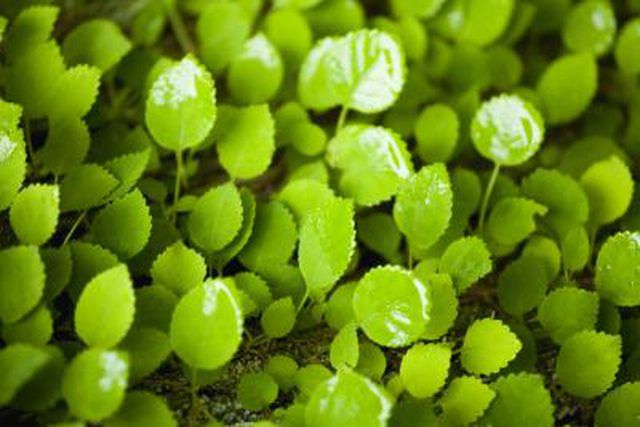Bulbs
Flower Basics
Flower Beds & Specialty Gardens
Flower Garden
Garden Furniture
Garden Gnomes
Garden Seeds
Garden Sheds
Garden Statues
Garden Tools & Supplies
Gardening Basics
Green & Organic
Groundcovers & Vines
Growing Annuals
Growing Basil
Growing Beans
Growing Berries
Growing Blueberries
Growing Cactus
Growing Corn
Growing Cotton
Growing Edibles
Growing Flowers
Growing Garlic
Growing Grapes
Growing Grass
Growing Herbs
Growing Jasmine
Growing Mint
Growing Mushrooms
Orchids
Growing Peanuts
Growing Perennials
Growing Plants
Growing Rosemary
Growing Roses
Growing Strawberries
Growing Sunflowers
Growing Thyme
Growing Tomatoes
Growing Tulips
Growing Vegetables
Herb Basics
Herb Garden
Indoor Growing
Landscaping Basics
Landscaping Patios
Landscaping Plants
Landscaping Shrubs
Landscaping Trees
Landscaping Walks & Pathways
Lawn Basics
Lawn Maintenance
Lawn Mowers
Lawn Ornaments
Lawn Planting
Lawn Tools
Outdoor Growing
Overall Landscape Planning
Pests, Weeds & Problems
Plant Basics
Rock Garden
Rose Garden
Shrubs
Soil
Specialty Gardens
Trees
Vegetable Garden
Yard Maintenance
Differences Between Plants & Bacteria in Photosynthesis
Differences Between Plants & Bacteria in Photosynthesis. Photosynthesis occurs in organelles known as chloroplasts in plants, according to the University of Illinois. Chloroplasts used to live as free bacteria, which invaded non-photosynthetic cells and eventually became embedded in plants.

Photosynthesis occurs in organelles known as chloroplasts in plants, according to the University of Illinois. Chloroplasts used to live as free bacteria, which invaded non-photosynthetic cells and eventually became embedded in plants.
Pigments
Plants have pigments known as chlorophyll a, chlorophyll b and carotenoids to absorb sunlight. Cyanobacteria contains chlorophyll b and specialized protein complexes known as phycobilisomes to obtain light energy. Other photosynthetic bacteria depend on carotenoids and bacteriochlorophyll, which resemble chlorophyll.
Raw Materials
Plants use water and carbon dioxide to conduct photosynthesis. Except for cyanobacteria, photosynthetic bacteria cannot process water. Instead, they use inorganic or organic molecules they find in their environment, such as hydrogen sulfide and sulfur compounds.
Production of Oxygen
Plants produce oxygen as a byproduct of photosynthesis. Except for cyanobacteria, which are suspected to be the first organism to produce oxygen, photosynthetic bacteria don't produce oxygen. In fact, many of these bacteria can only survive in environments with low levels of oxygen.